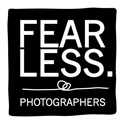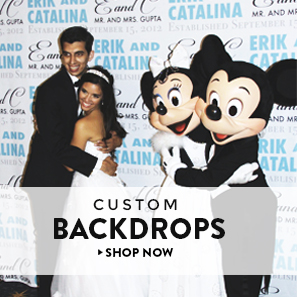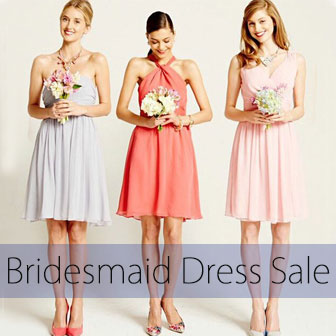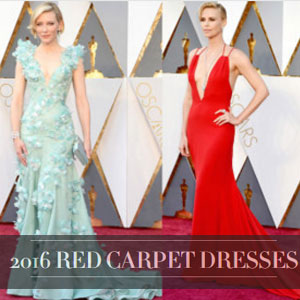Wedding season is nearly upon us, which makes discussing engagement rings perfectly fitting—no pun intended. From classic styles to the latest trends, the number of engagement ring possibilities is huge (and overwhelming). So what would you want your engagement ring to look like?
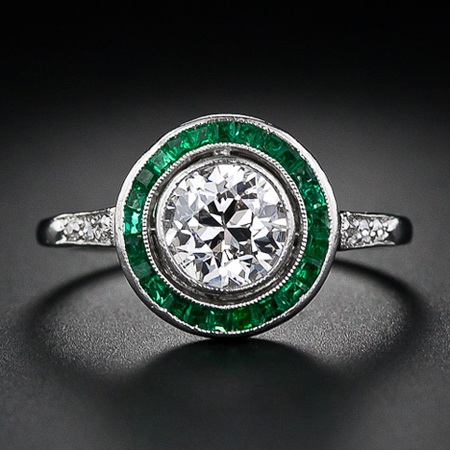
Let’s start with the stone. Of course, traditionally you think of engagement rings as having solely white diamond stones. But there’s a world of other offerings to choose from. It helps to first understand the diamond color scale, which is the measure of the absence or presence of color in the jewel. The scale begins with the letter “D”, which is the category for stones that are absolutely colorless and thus, very rare. As the scale progresses through the alphabet, the “whiteness” of the diamond decreases. E and F grade stones carry such minute traces of color to the point that a gemologist can detect it. So, D-E-F diamonds are the most rare and highest priced. G-H and I are near colorless—the whitest stones readily available in the market for engagement rings, subsequently the best value without the premium price. J-colored diamonds are faintly tinted yellow, the color becoming increasingly more noticeable as you continue through the alphabet.
Pricing of white diamonds, and all engagement rings, vary depending on quality, size, and grade. Broadly, the following guidelines can be used for pricing:
- $125-700: carat weight of 0.15-0.37, setting of 10-14K gold
- $750-2,000: carat weight of 0.30-0.75, setting of 14-18K gold
- $2,000-3,500: carat weight of 0.40-1.00, setting of 14-18K gold
- $3,500-5,000: carat weight of 0.80-2.00, setting of 18K gold
- $7,500-10,000: carat weight of 1.00-2.50, setting of 18K gold
- $10,000-30,000: carat weight of 1.00-3.00, setting of 18K gold
- $30,000-60,000: carat weight of 2.00-3.00, setting of 18K gold
- $60,000 & up: carat weight of 3.00+
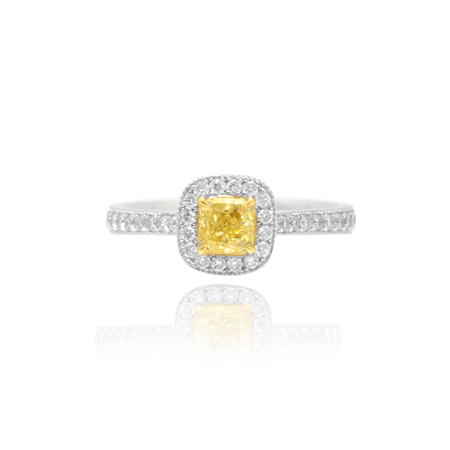
Diamonds can be found in an array of colors—yellow and pink hues being the most popular. There are also valuable alternatives to diamonds altogether for engagement rings. Gemstones hold emotional or sentimental value and allow you to get more bank for your buck—a larger or higher quality stone for the price. The accepted birthstones for each month vary slightly depending on traditional and modern jewelers, but we accept those printed in a pamphlet by Tiffany & Co. in 1870. The following list of gemstones includes not only the month for which they are assigned, but also the traditionally accepted anniversary of marriage for which to gift them—if not for the engagement ring!
- January: garnet (2nd year)
- February: amethyst (6th year)
- March: bloodstone (19th year)
- April: diamond (10th and 60th years)
- May: emerald (20th and 35th years)
- * June: agate (3rd and 30th years)
- July: ruby (15th and 40th years)
- * August: sardonyx (16th year)
- September: sapphire (5th and 45th years)
- October: opal (14th year)
- November: topaz (4th year – blue, 23rd year – imperial)
- December: turquoise (11th year)
* The modern gemstone for June is pearl and peridot for August.
The diamond shape, or outward appearance of the stone, is one aspect that differentiates engagement rings, as well as diamond cut. The round brilliant diamond is the most popular and standard shape, followed by princess cut, which is typically square or rectangular. Oval diamonds are just that, whereas marquise diamonds are similarly elongated with pointed ends. Pear shaped is fashioned like a teardrop, emerald have a rectangular shape with cut corners, and princess a multi-faceted square or rectangular stone. Trilliant stones are triangular, radiant cut combines the emerald shape with the brilliance of the round, and finally the cushion cut a more antique style that is modern rectangular-oval shape.
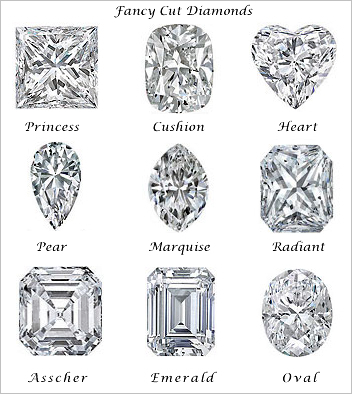
The final piece of the puzzle is the material of the ring’s band. Platinum is known for its durability and purity; it is both rare and naturally white. Yellow or White Gold are most common and less expensive, since it is most widely available. Rose Gold is unique and symbolic; white gold represents friendship, yellow gold fidelity, and rose gold love. Titanium is grayer in color, corrosion-resistant, and can even be polished black—perhaps a good choice for the groom’s wedding band. Palladium has a high luster and silver-white color, darker yet similar to platinum, but its lower density makes it less costly and more flexible.
Clearly, the varieties of combinations make for endless options. Whether you opt to stick with tradition or follow the trends, knowing the ins-and-outs of what there is to offer ensures you make the right decision for your special someone.





